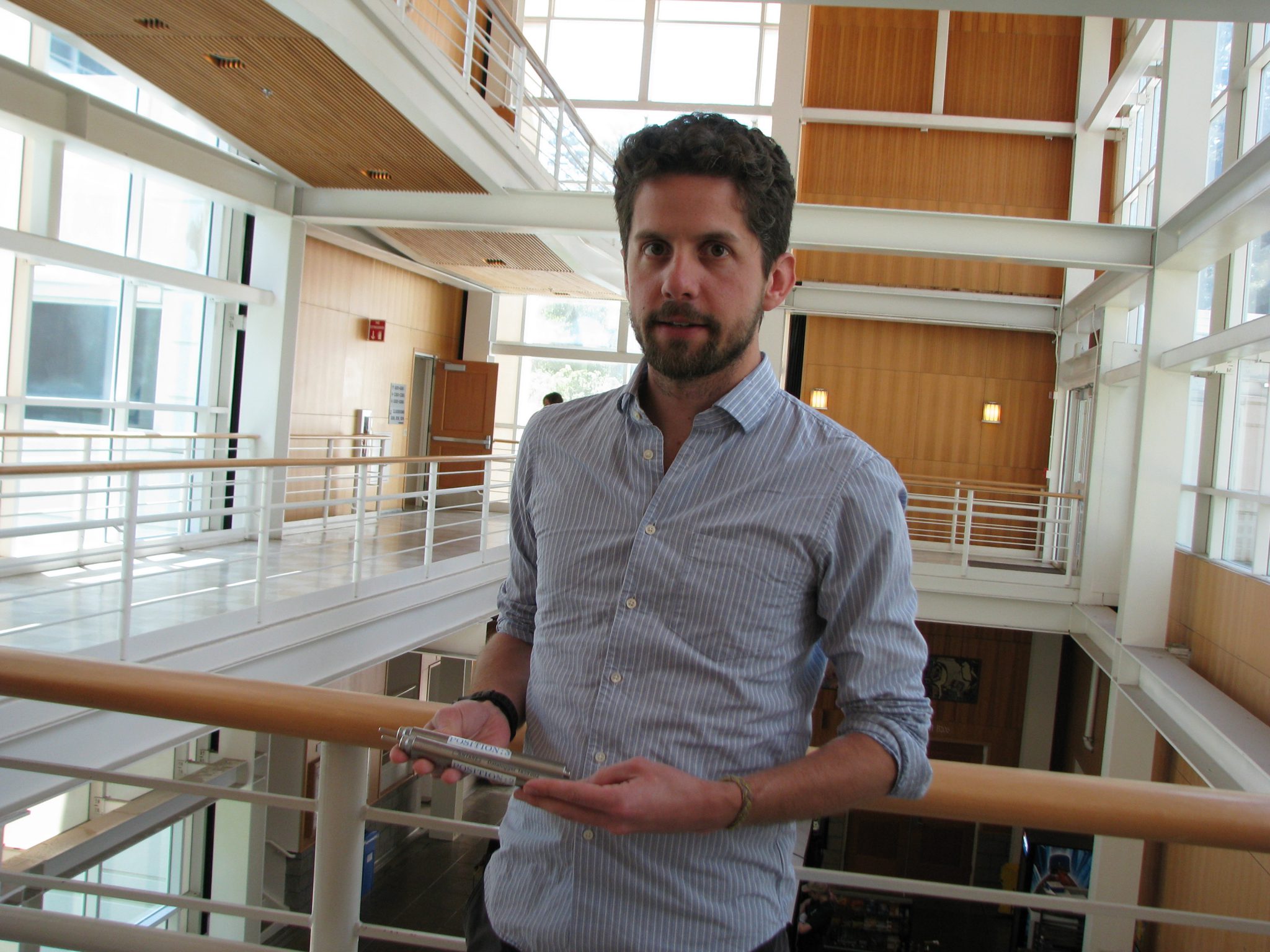
by Paul Gabrielsen | Jun 4, 2013 | Posts
There’s a hole in the bottom of the ocean near Japan, the deepest ever drilled for science, that leads to the heart of one of the world’s most dangerous faults. Two years ago this fault, which marks the spot where one tectonic plate grinds past another, unleashed the...
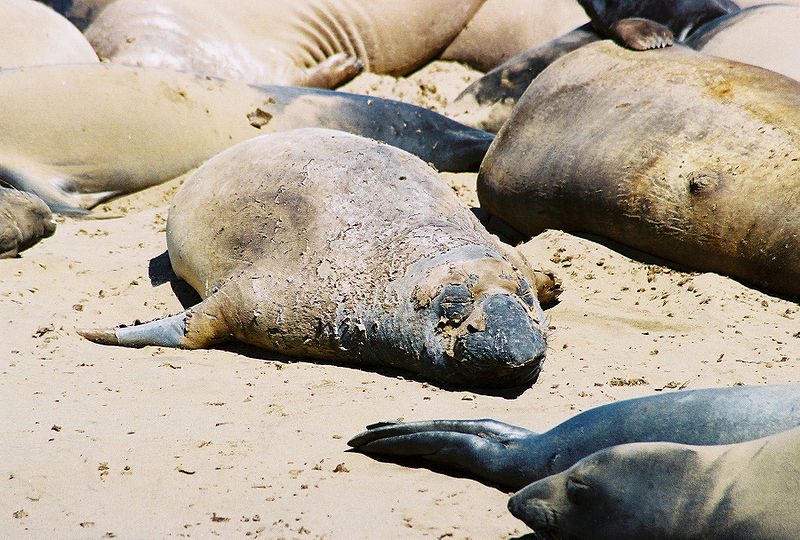
by Paul Gabrielsen | May 7, 2013 | Posts
The elephant seals are back at California’s Año Nuevo State Park. But this is not their famous January breeding season, replete with cute newborn seals and brutal fights between males. Nope, this time they’re here to molt. The seals spend their month on land laying...
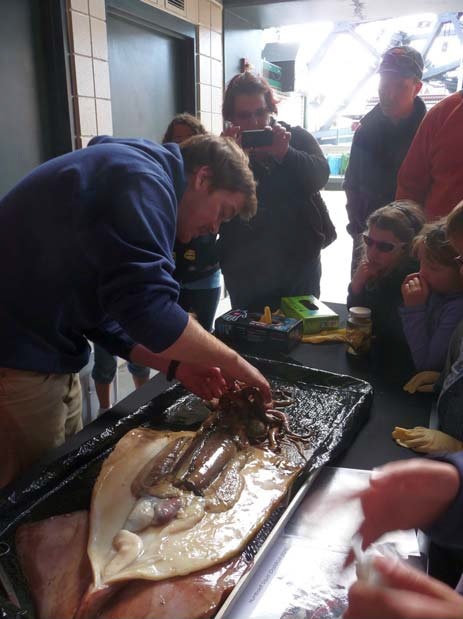
by Paul Gabrielsen | Mar 14, 2013 | Posts
Marine biologist Bill Gilly wasn’t prepared for the greeting he received from St. Andrew’s Episcopal school in 2008. He’d come to the Saratoga, Calif. school to teach a special lesson on the Humboldt squid, complete with a dissection. Gilly approached the school and...
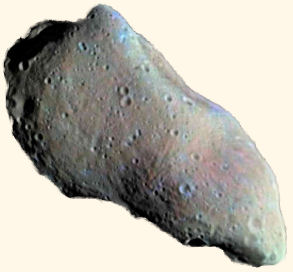
by Paul Gabrielsen | Feb 14, 2013 | Posts
In the future, scientists want to be able to send spacecraft to study asteroids such as the one that will approach the Earth on Friday. A concept for these landers may look familiar to anyone who grew up in the 1970s. Egg-shaped and weighted at the bottom, the...
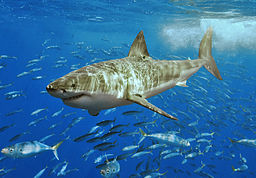
by Paul Gabrielsen | Nov 21, 2012 | Posts
Last month, I wrote my first newspaper science story for the Santa Cruz Sentinel on a new paper about the diet of great white sharks. I wrote about the study’s analysis of stable isotopes in shark vertebrae as a record of a shark’s diet throughout its life. The...
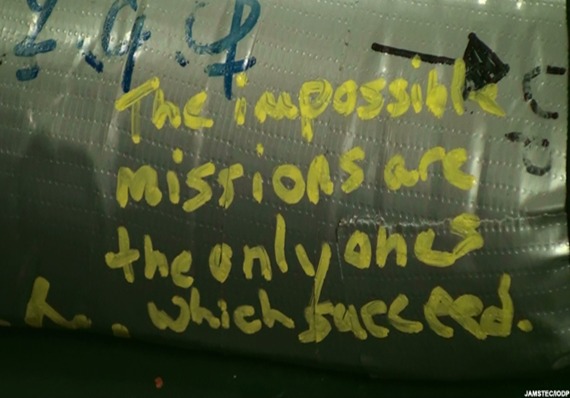
by Paul Gabrielsen | Oct 24, 2012 | Posts
I am a newbie to the Pacific Coast, but I am no stranger to living on a fault. As a kid in Utah I stuffed emergency kits with my parents and dove under my desk during earthquake drills at school. When you live in earthquake country, it pays to be prepared. An...






